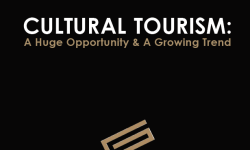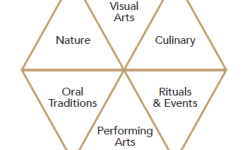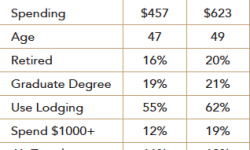By John Heenan, Cultural Tourism Relations
Destination marketing is thriving in the US and around the world. One significant trend is emerging and is proving to be a real economic driver that DMOs and tourism offices can easily embrace and deploy today by embracing a cultural tourism strategy. Recent data from Visit Florida shows that 75% of visitors cite culture as a top driver in destination choices. Research from the WTO indicates that cultural tourists stay longer and spend more than general tourists. One study revealed that the cultural tourist spends 38% more per day and stays 22% longer than the average traveler. Also, cultural travelers take one more trip than the average traveler and are more likely to share their experience with friends and on social media.
Read about Palm Beach County recent success in The Sun Sentinel.
So what do cultural travelers do differently than average tourists that drive this double digit impact and would warrant a focused strategy? Cultural travelers visit more attractions in a destination such as historic sites, buildings, archaeological areas, state, local, and national parks, art galleries and museums, local concerts, plays or musicals, ethnic and ecological heritage sites, and many more. They search out the local cuisine, visit local bars and restaurants, shop for local crafts and buy from local artists. They want to experience local customs and lore, local celebrities and trivia, virtually anything out of the ordinary or off the beaten path. Destinations are coming to realize that cultural tourists generate a far greater share of local income than their numbers would indicate. A Cultural Tourism Strategy allows the destination to get their share and more.
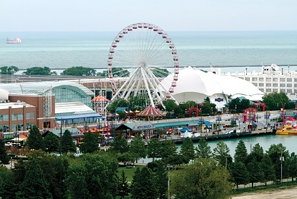
Navy Pier: Tourism has been a priority for Mr. Emanuel, who created Choose Chicago in 2012 and publicly issued a goal of reaching 50 million visitors by 2020.
Numerous studies show that the cultural traveler seeks out these kinds of experiences because they are more memorable than conventional attractions and their investment in travel not only provides a much-needed escape from their daily grind but also allows them to learn and experience something new. Today’s travelers, especially younger segments like Millennials and Generation Xers want to know the bigger world around them and seek enrichment from unique cultural experiences. Travel planning and destination choices mirror broader trends that influence today’s traveling consumers as well as consumers in general. Traditional destination strategies don’t go far enough often leaving opportunity for their competition.
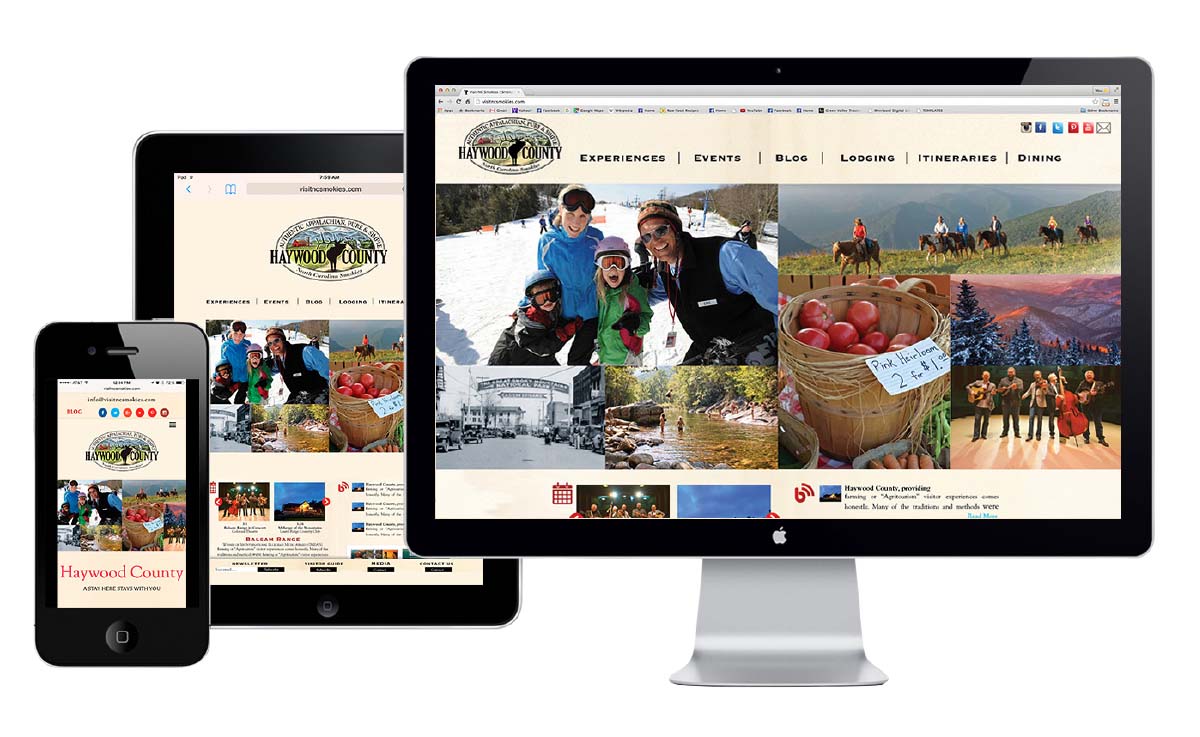
156% increase in website traffic leading to 20% increase in room nights.
What is the value of an extra room night? Culture tourists say they often extend their stay because of cultural activity. The majority of these travelers stay over night at local motels, hotels, bed and breakfasts, or campgrounds. They put more money back into the local economy by patronizing local merchants and locally crafted mementos instead of kitschy souvenirs and imported tchotchkes. Data shows they spending more on locally produced goods than other traveler segment. Local merchants, artists, crafters and tradesmen all benefit. The benefits of culture tourism are amplified through the destination’s economy, so the impact is much greater than the direct spending.
Cultural Tourism is a real economic driver:
- More visits mean new money into the area economy, growing businesses and increasing tax revenues
- Creates new jobs, businesses, events and attractions, thus helping diversify the local economy
- Supports small businesses and enable them to expand
- Spreads economic benefits to businesses and people who aren’t included in traditional destination marketing
- Builds vital relationships among and within local communities
- Helps encourage the development and maintenance of new/existing community amenities
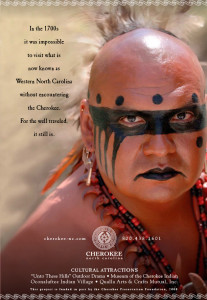
"Since then, four years ago, the advertising has instilled a sense of pride in our people, and the results have been profound from town levy to numbers at the gates of the Fair Grounds, Drama, Village and Museum.”
Traditional destination marketing has become a real battle for more visitors. Destinations with high visibility assets have an advantage in their marketing while others struggle to rise above the noise and clutter. Adding a Cultural Tourism Strategy to an existing marketing program will help. And their may be cultural assets in your region that are eligible for matching grants or other funding support that can extend your reach and budget. What does one additional room night from 15% of your visitors generate? What does 38% more spending per day from 20% of your visitors mean to the local economy? What is a positive referral from 50% of your visitors worth?
Money isn’t the only benefit that a Cultural Tourism Strategy conveys. It promotes the preservation and protection of important local resources, history, local traditions and customs by providing the economic support for keeping these assets and traditions alive. In addition, it helps improve the area’s image and pride, promotes community beautification, builds opportunities for healthy and productive community partnerships, creates increased opportunities for both local residents and visitors to enjoy the cultural arts, history and preservation and boosts local investment in cultural resources and amenities that support tourism services and encourages a culture of preservation.
Although there is a risk that this can lead to over commercialization. A smart and strategic approach can overcome any concerns and inspire investment in things like infrastructure, amenities and quality of life resources for everyone around the destination.
![Quote4[1]](http://thegossagency.com/wp-content/uploads/2016/03/Quote41-300x300.png)
We believe Cultural Tourism is a vital pillar in today’s travel economy – and all destinations should seek to realize the benefits it brings. We specialize in Cultural Tourism strategies and marketing for destinations across the country. We are dedicated to bringing the positive impact our cultural assets to life for DMOs. We would enjoy talking to you about ways Cultural Tourism can add economic impact to your bottom line and social benefits to your community.


